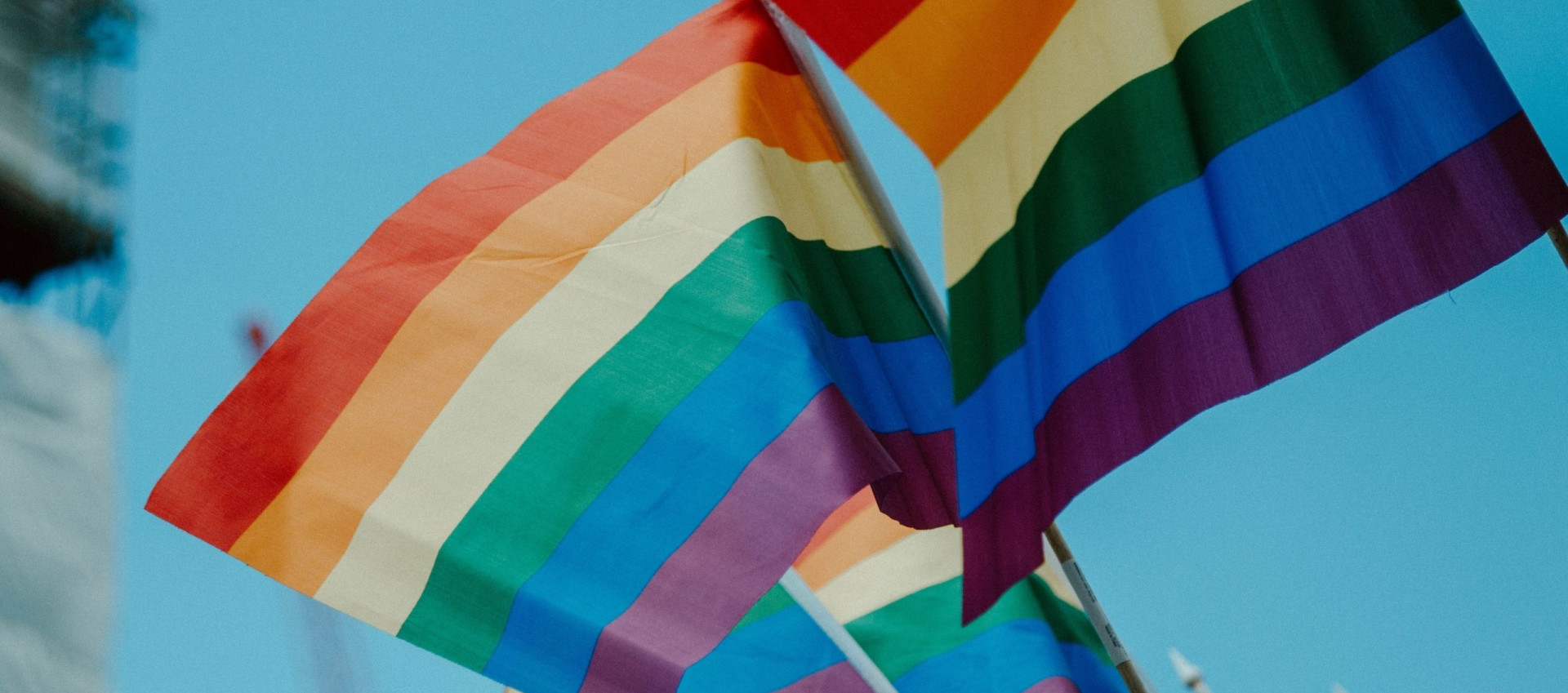Understanding the Uniqueness of Two-Spirit in Indigenous LGBTQ+ Communities
As we celebrate Pride Month and National Indigenous History Month, let’s understand what Two-Spirit means and its connection to LGBTQ+.
Share
Individuals and organizations have spent the last year seeking opportunities to challenge being “comfortable” and leaning into opportunities to learn more about people and cultures. The work has made us better people, more open to different perspectives, and more engaged in building inclusive work environments and creating space for friends and colleagues to flourish. As a woman with friends, family, and colleagues who are members of the LGBTQ+ community, I have thought of myself as a “well-informed ally” and have not actively pursued new perspectives and voices. I thought there was much more to learn, and I was wrong. While supporting our LGBTQ+ family, friends, coworkers, and customers is something many of us practice, few people outside of Indigenous communities have ever heard the term “Two-Spirit.” Despite my ties to the LGBTQ+ community, I had never heard this term until I enrolled in a course led by Dr. Tracy Bear.
This article serves to introduce this incredible community to managers and leaders who want to engage in building diverse and inclusive teams more fully through thoughtfully designed talent acquisition and talent management programs. And as we celebrate Pride Month and National Indigenous History Month (Canada), let’s reflect on LGBTQ+ identities in Native American communities and understand the community better.
Note, this is not an exhaustive resource and is not meant to serve as a complete overview of the history, identity, or role of Two-Spirited people. Please continue your learning journey by accessing the resources throughout this article and seeking out Indigenous voices and resources.
Definition of Two-Spirit
The term “Two-Spirit” was coined in 1990 in Winnipeg, Canada to unify gender identities and expressions. This term is not a specific gender definition or sexual orientation, rather it is an umbrella term which is an English translation of an Ojibwe word (niizh manidoowag), referring to an Indigenous person who “has both a male and female spirit within them and are blessed by their Creator to see life through the eyes of both genders.” Even this definition does not quite capture what Two-Spirit means, as Two-Spirit is not just about sexual orientation, or spiritual, societal, or gender roles. As described by Geo Soctomah Neptune, a Two-Spirit member of the Passamaquoddy Tribe in Maine, it’s all of these things at once: “If the sun is male and the moon is female, then Two-Spirits are the dusk, Two-Spirits are the dawn, and Two-Spirits are the time in which the sun and moon occupy the sky at the same time.”
What it Means to be Two-Spirit
Two-Spirit is reserved for members of the Indigenous community. Two-Spirit individuals may dress as either gender or combine aspects of traditionally masculine and feminine gender expression, and while Two-Spirits may also identify as queer, “being Two-Spirit requires acknowledging the spiritual and social responsibilities associated with the role” and not just a sexual or gender identity. Roles within different communities that Two-Spirit individuals may take on include “foretelling the future, conferring luck on others, playing special roles in spiritual traditions, making traditional arts such as baskets, pottery, decorative items, and regalia, or acting as healers, shaman, and ceremonial leaders.”
“If the sun is male and the moon is female, then Two-Spirits are the dusk, Two-Spirits are the dawn, and Two-Spirits are the time in which the sun and moon occupy the sky at the same time.”
History of Two-Spirit People
More than 150 different pre-colonial Native American cultures recognize third genders, and this may have been a common feature of pre-colonial cultures globally, including West African, Zapotec (now Southern Mexico), Filipino, and South Asian cultures. When Europeans began colonization, they brought with them the idea of gender being a binary construct which did not align with many native cultures. This is an area often overlooked in traditional historical narratives that emphasize white perspectives. As with Indigenous children forced to attend Indian Residential Schools in operation throughout North America under non-native administrations through the early 21st century, Two-Spirit people had their culture and identities suppressed in favor of European forms of dress, behavior, and beliefs. A new generation of Two-Spirits are taking steps to reclaim their identities and be represented in communities, leveraging platforms such as social media to connect isolated members of the Two-Spirit community and build a supportive and welcoming presence for future generations.
Challenges in Terminology
It’s important to note that not all Indigenous cultures use the same terminology, and that not all cultures welcome the colonizer term being applied to their respected community members. The term “Two-Spirit” can help to introduce the concept to non-Indigenous cultures and connect terminology between native and non-native communities in understanding queer Indigenous culture. However, the rules for how someone identifies and experiences the world as Two-Spirit are complex with every Two-Spirit person being a unique individual with their own unique experience. For example, someone may identify as Two-Spirit, but not as part of any of the LGBTQ+ identifiers, just as someone who is Indigenous and LGBTQ+ may not be Two-Spirit. Within Indigenous cultures there are unique belief systems, just as there are within European, African, and Asian cultures. Any Swede like me who has Norwegian friends can attest to this: within broad ethnic group definitions are a host of differences that vary from one community to another, with no one tradition or belief being better or worse than another.
Use caution while researching and look for sources from Indigenous communities to avoid misinterpretations of Indigenous culture or perpetuating misinformation
Next Steps
While resources shared here provide basic information around Two-Spirit identity, history, and culture, there is so much more to be learned. Ensure that the resources you use to further expand your knowledge include Indigenous LGBTQ+ voices, or voices from the Two-Spirit community directly. Follow Two-Spirit and Indigenous creators on social media, subscribe to newsletters, read books, subscribe to podcasts, and seek out voices from these communities to continue your own journey.
Approaching candidates, colleagues, and customers with an open mind and understanding that we are all unique allows us to make space for people to thrive as themselves and creates opportunity to build genuine and respectful connections. Once you have spent some time educating yourself, consider reaching out to Two-Spirit and Indigenous community members to learn how to support Two-Spirit and Indigenous people in your workplace, identify resources for connecting with candidates, and steps to create an inclusive work environment.
Check out our blogs to learn more about ways to attract diverse candidates and build inclusive teams.









